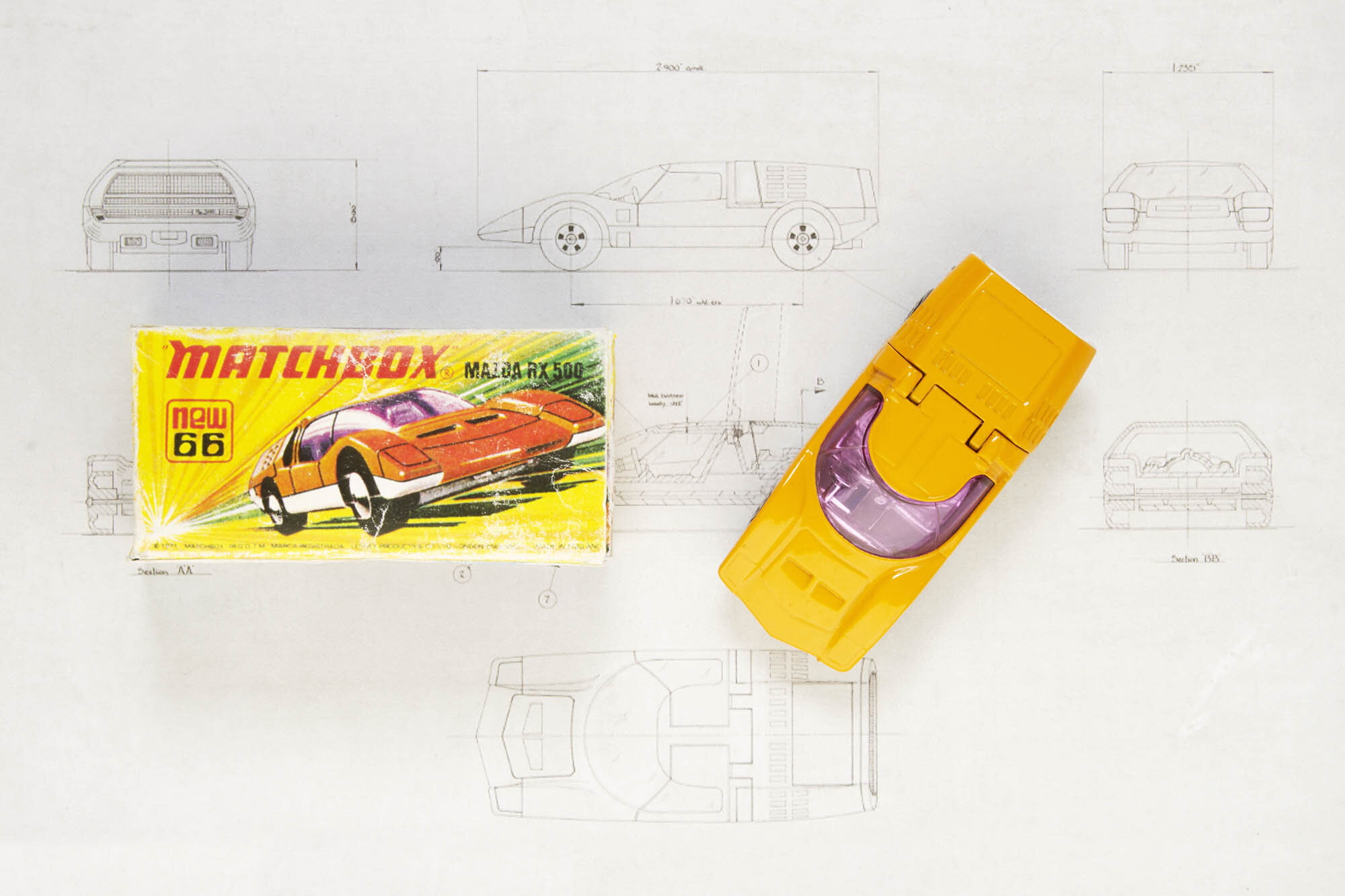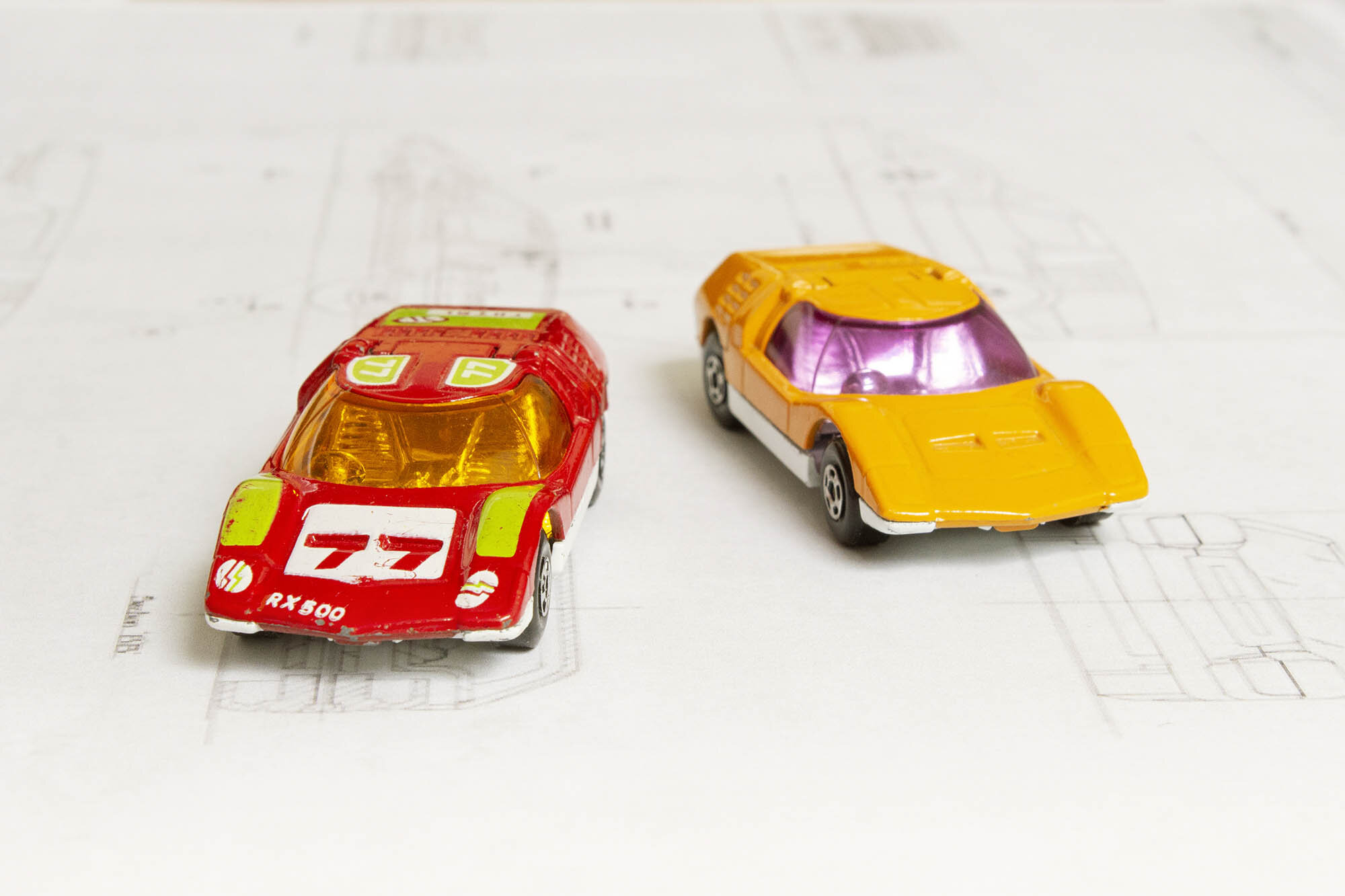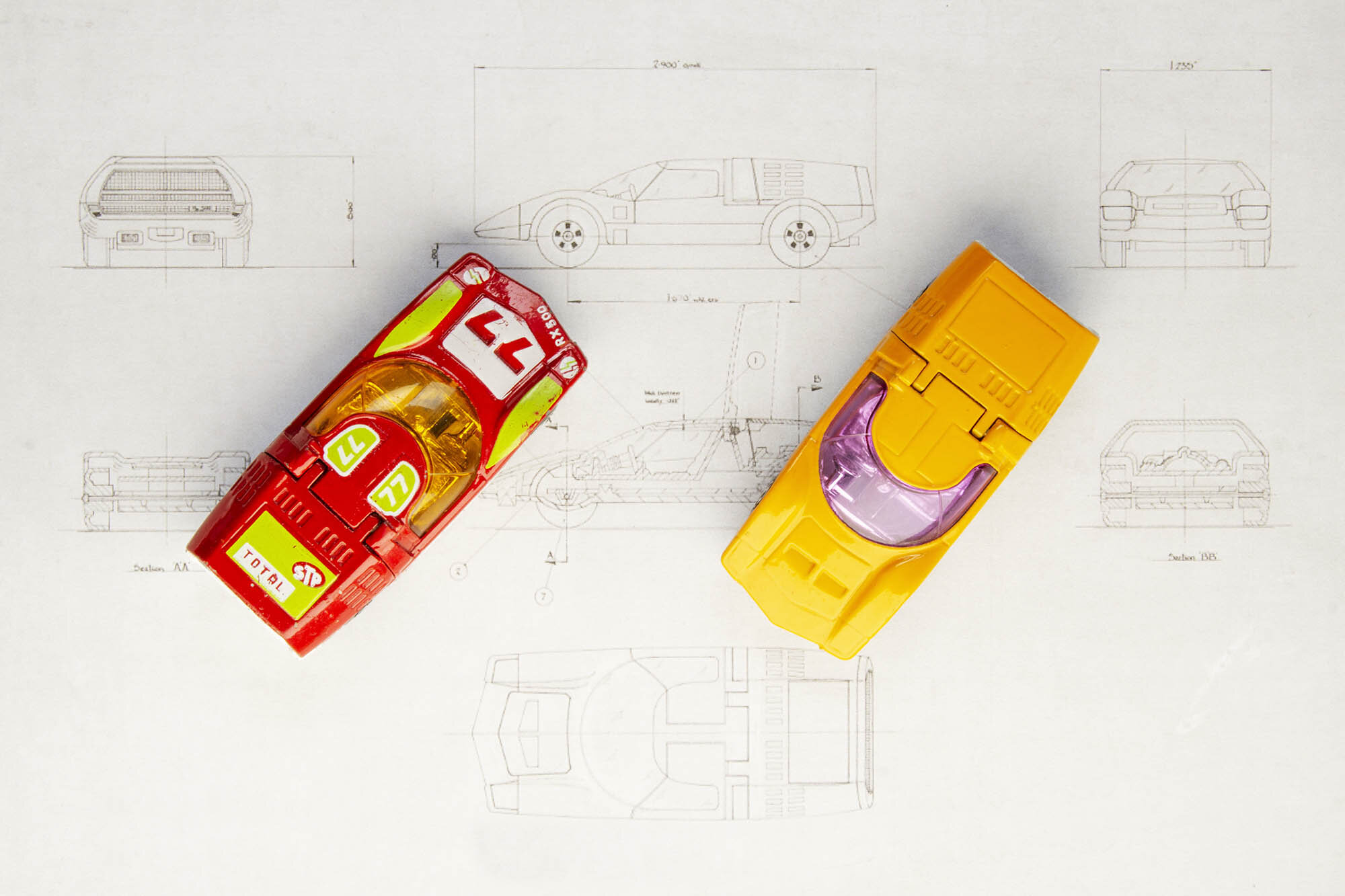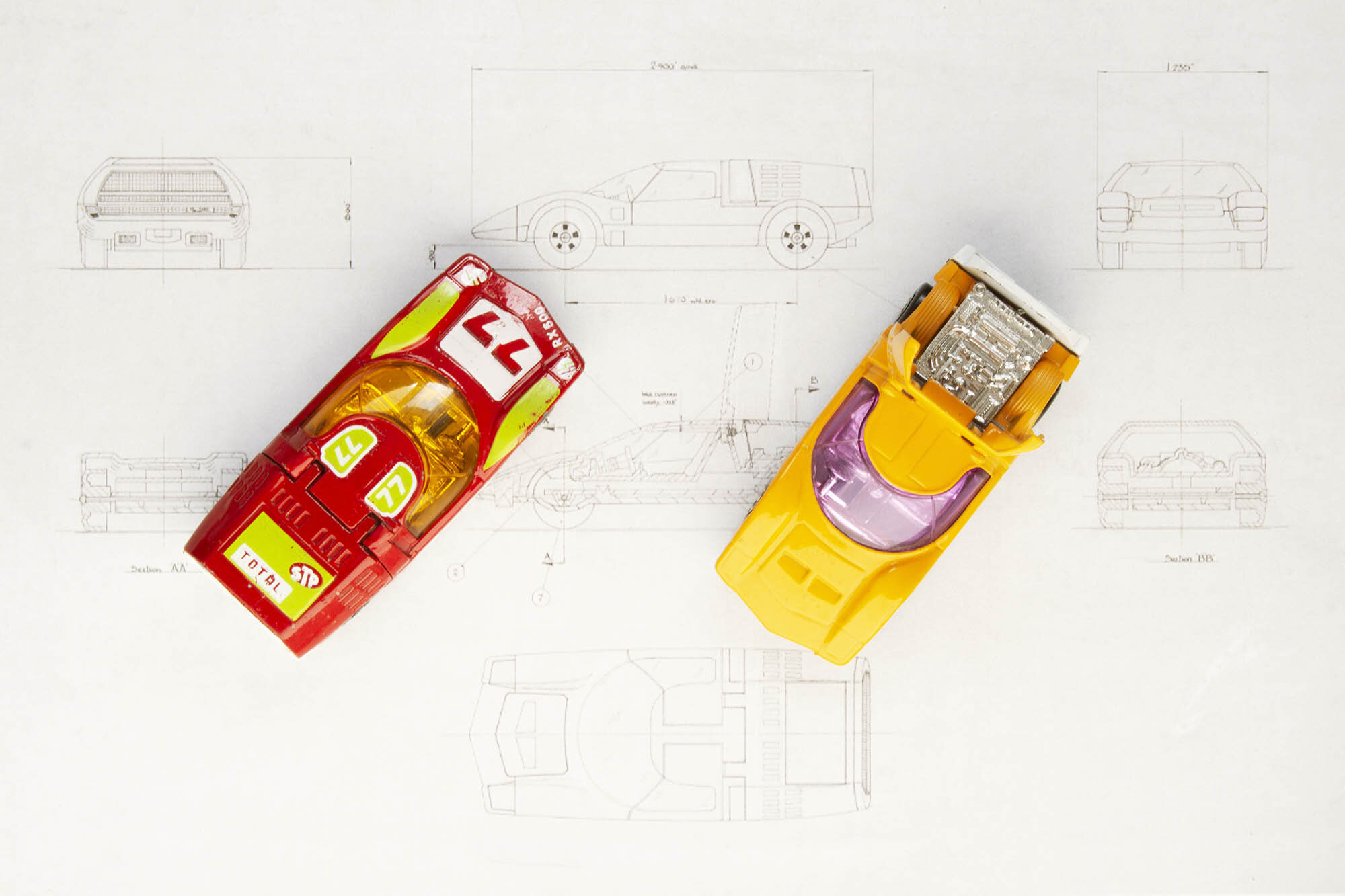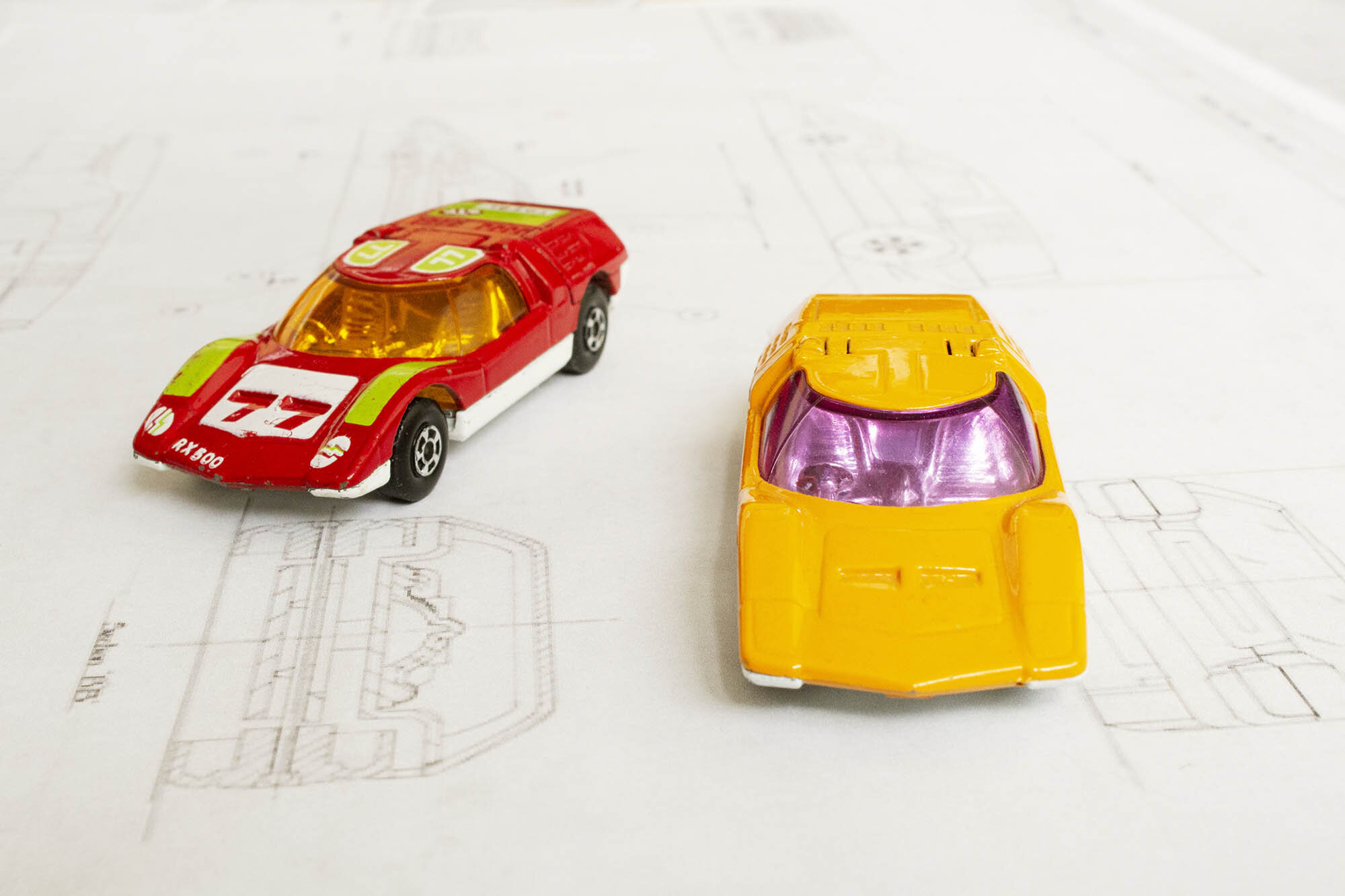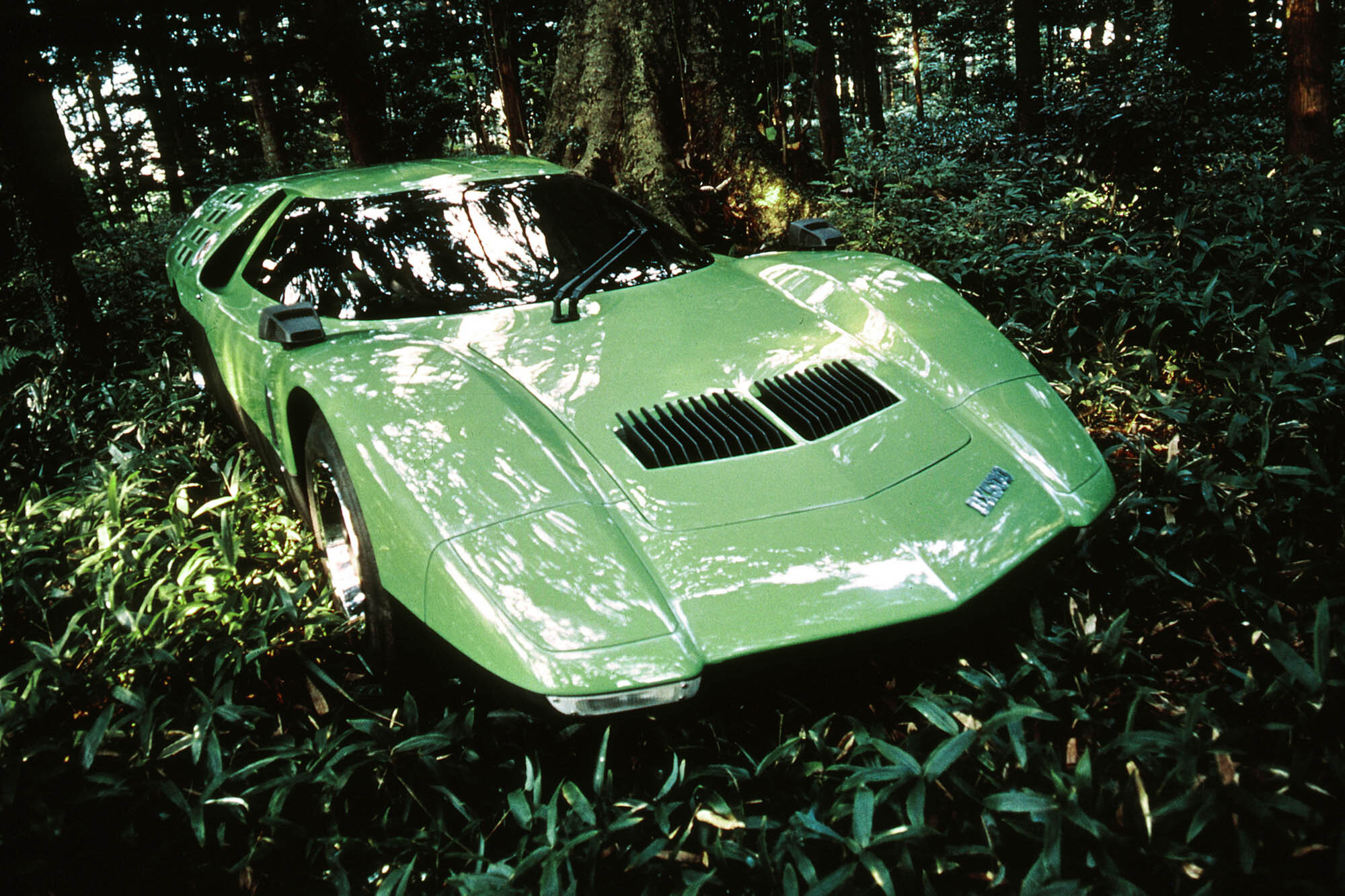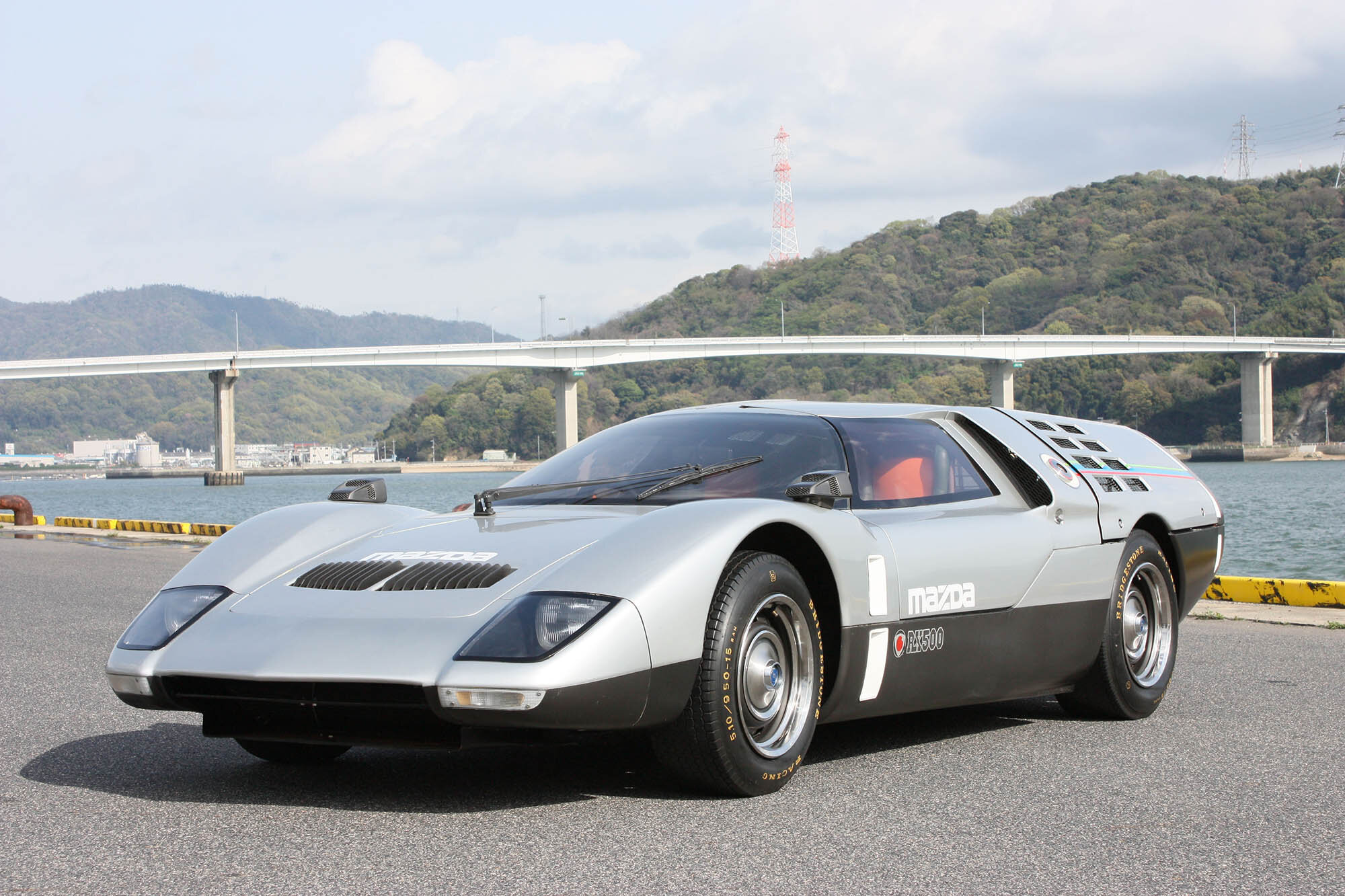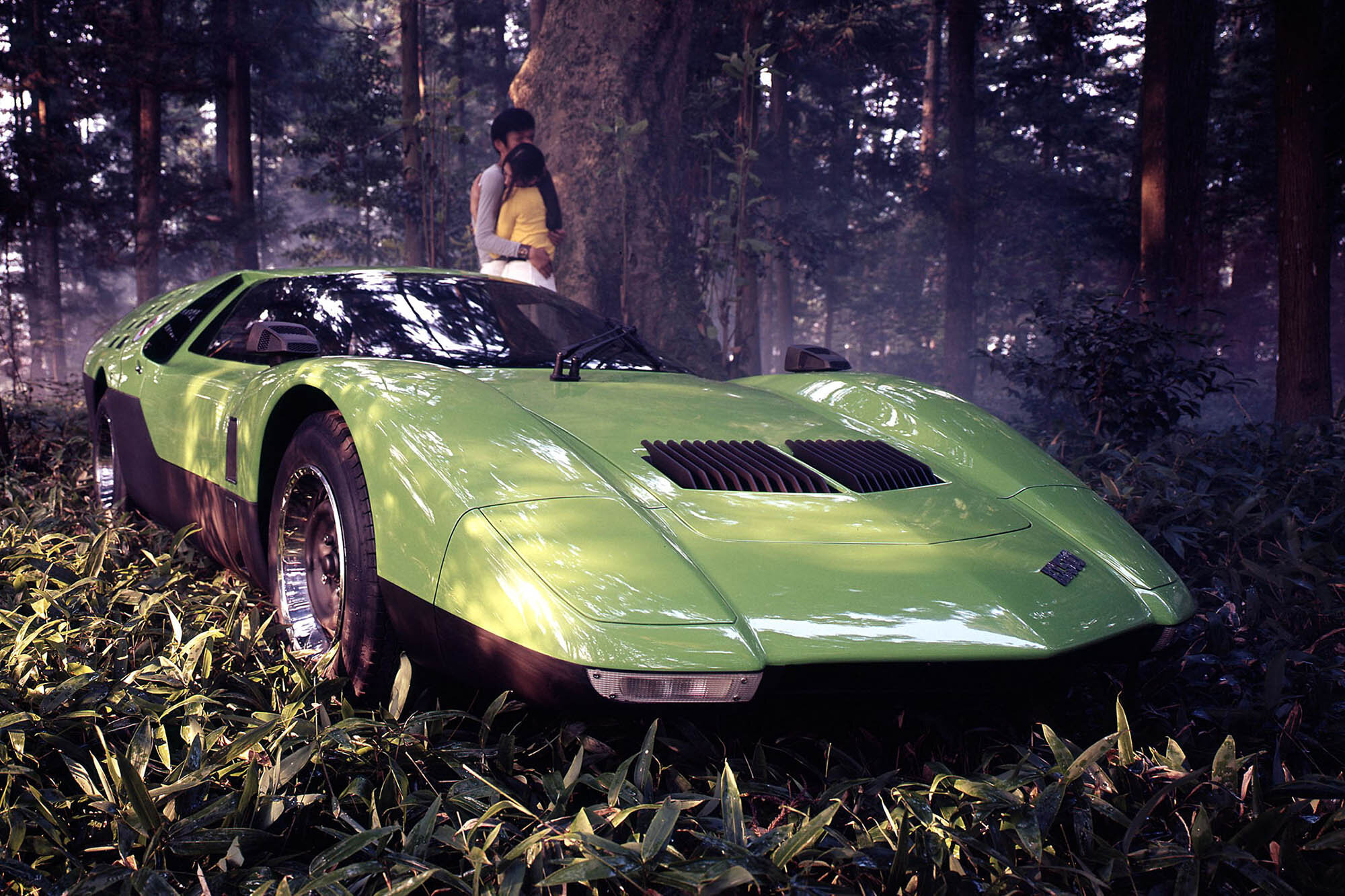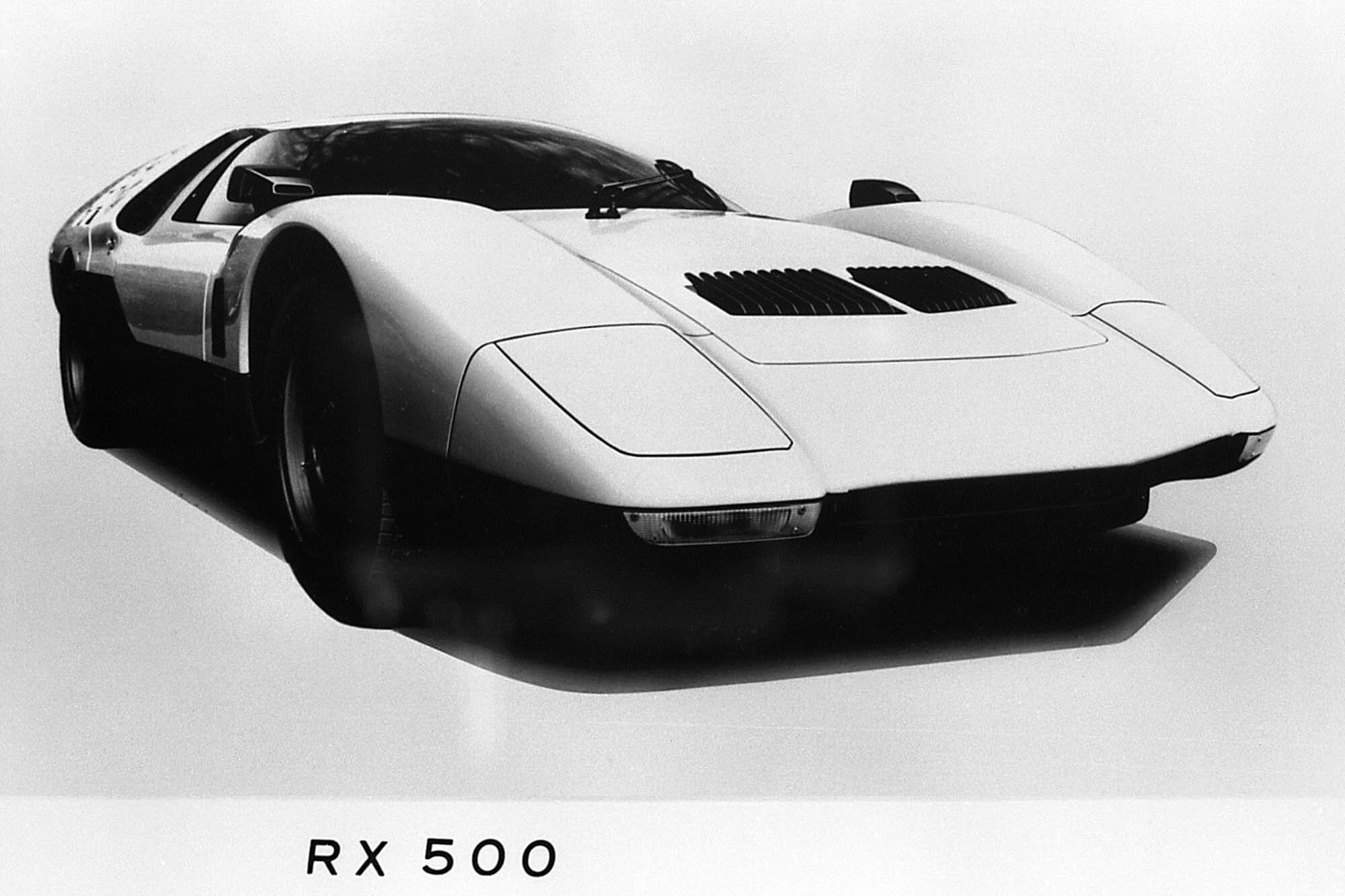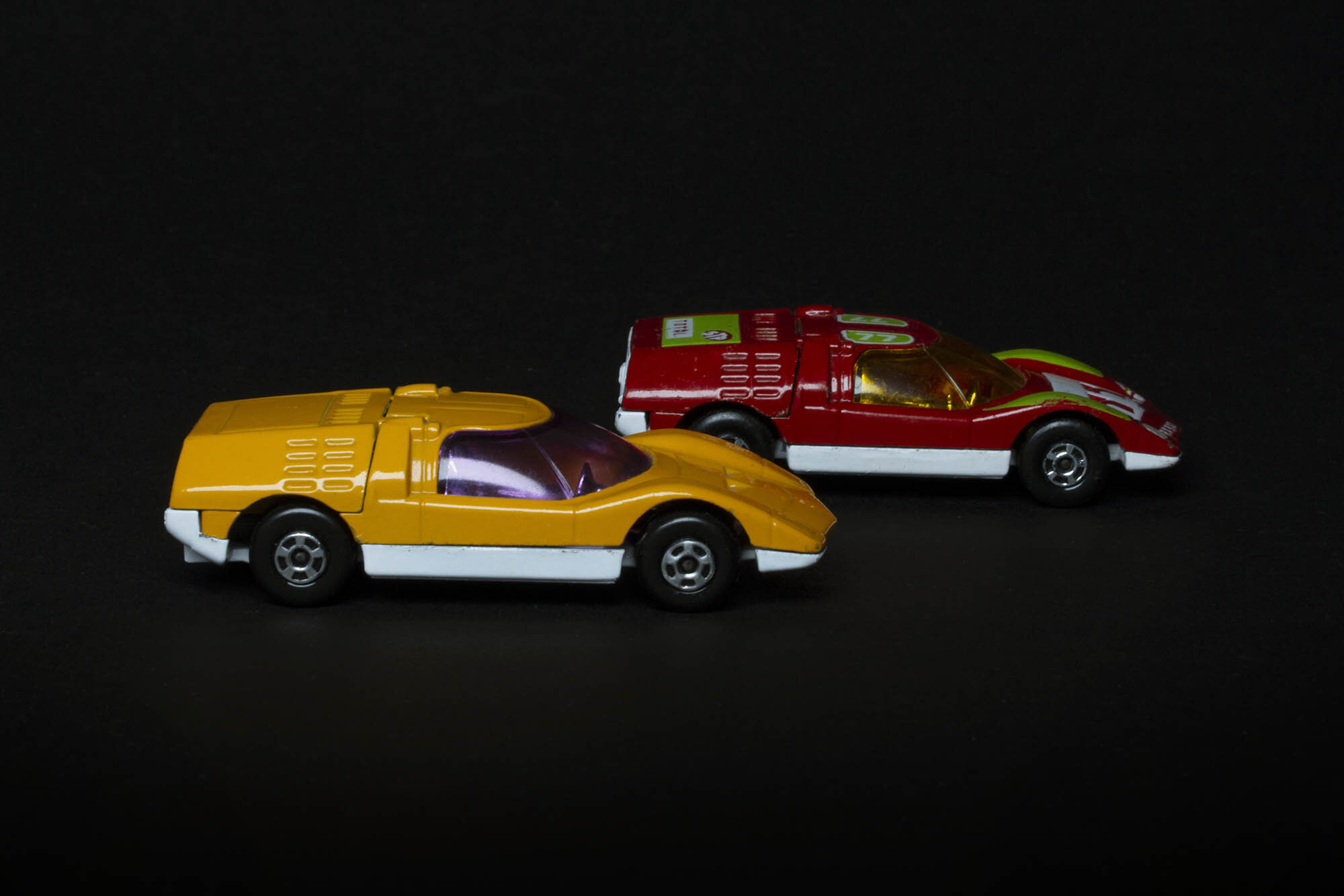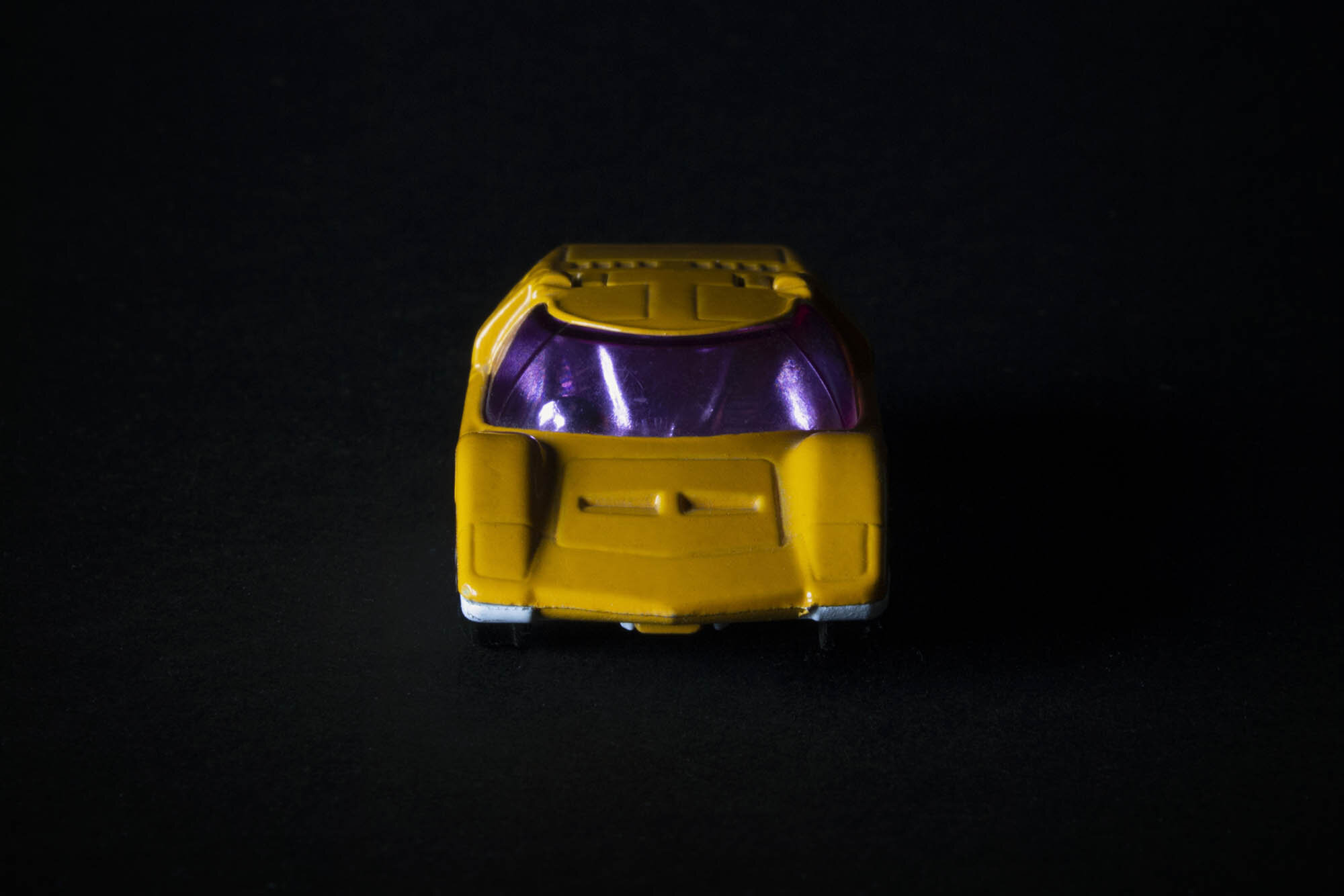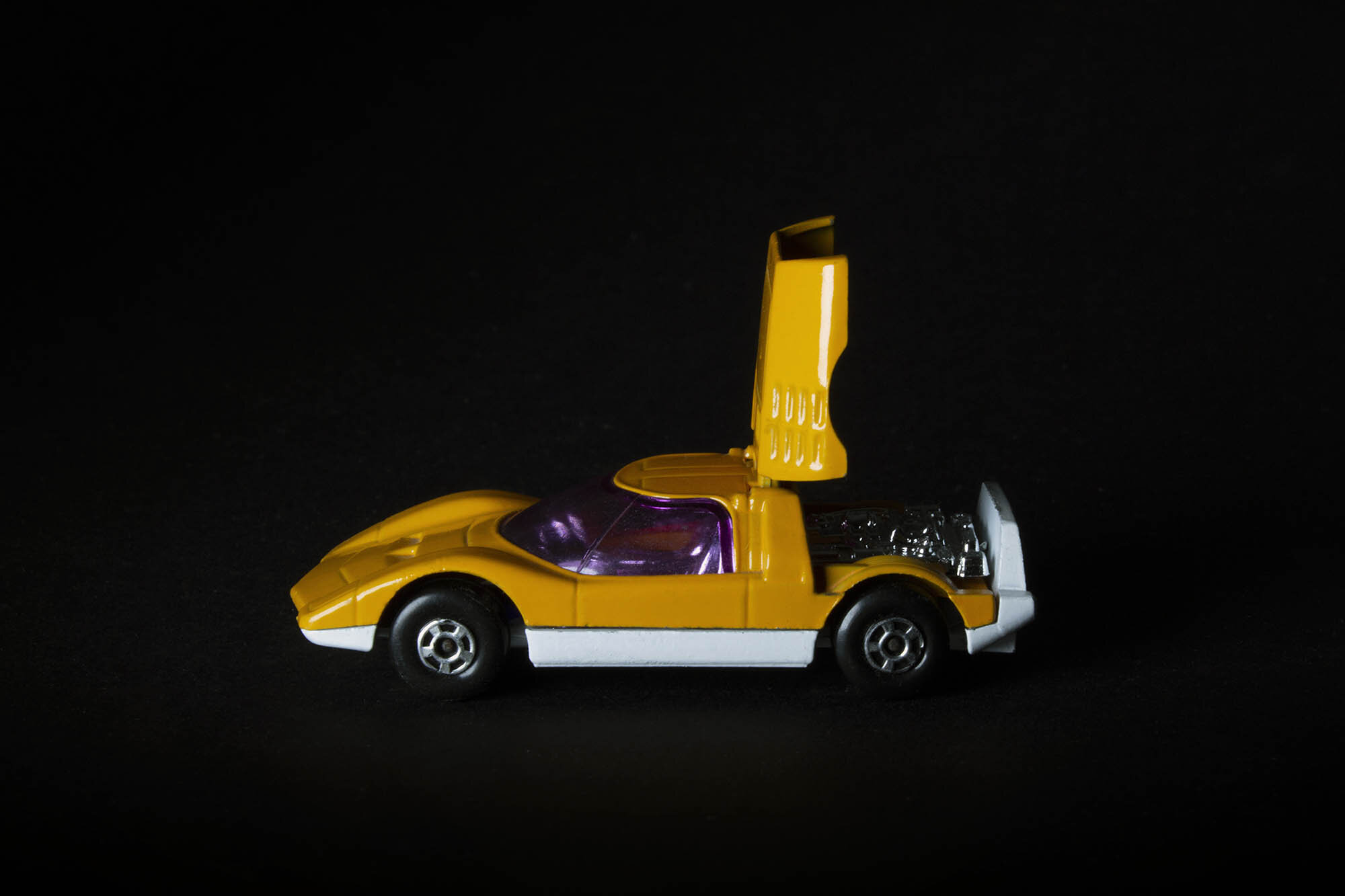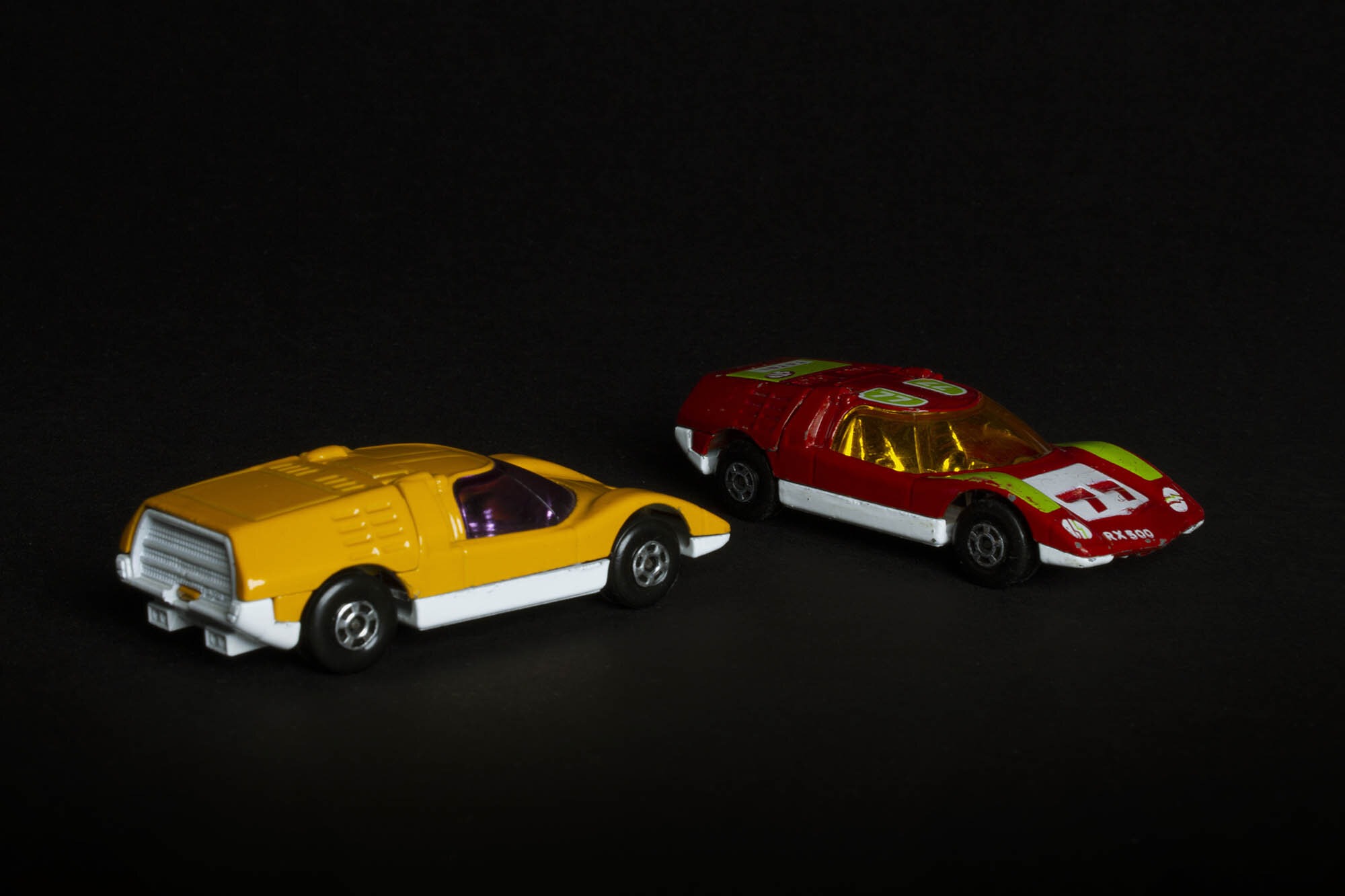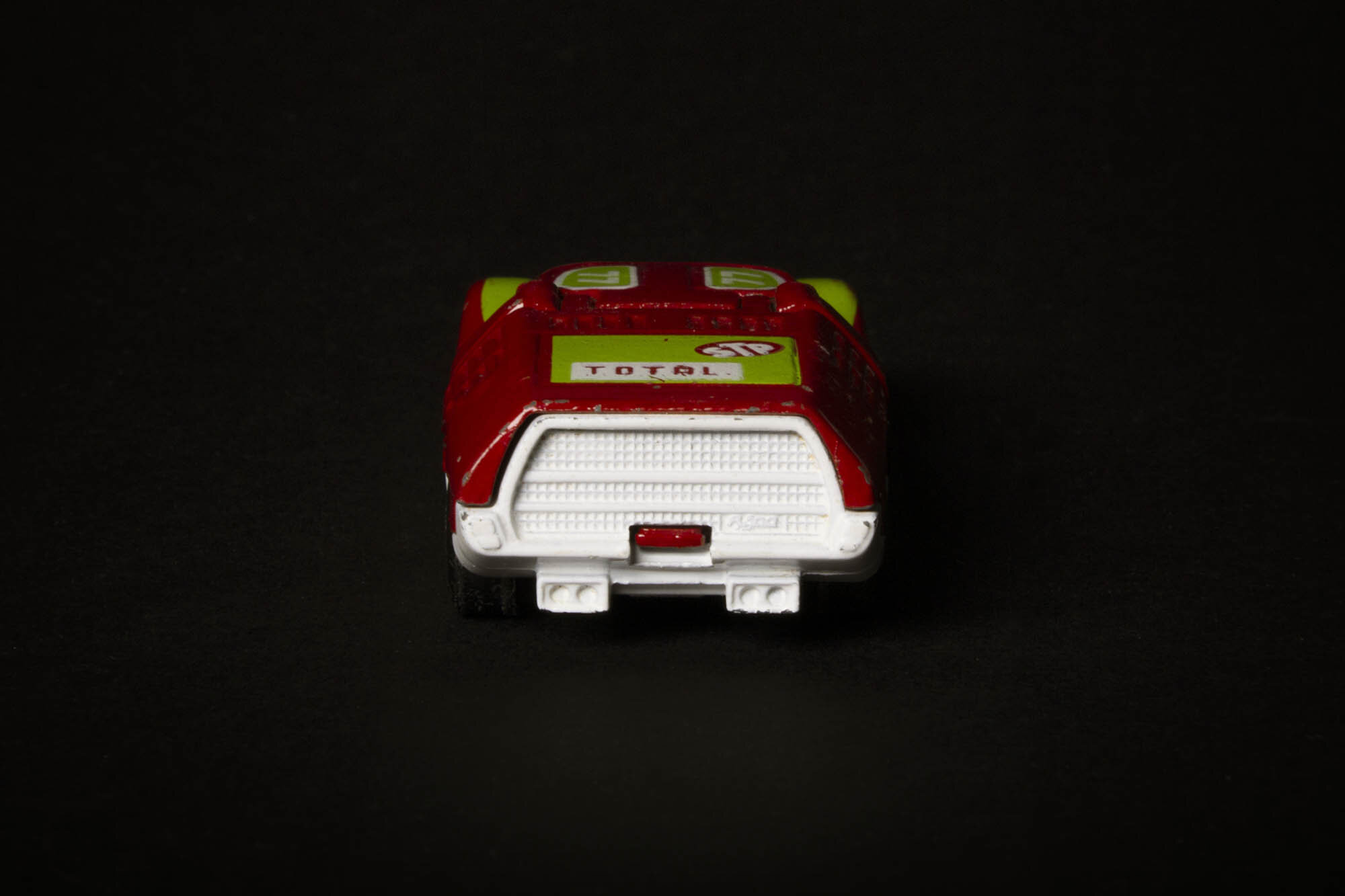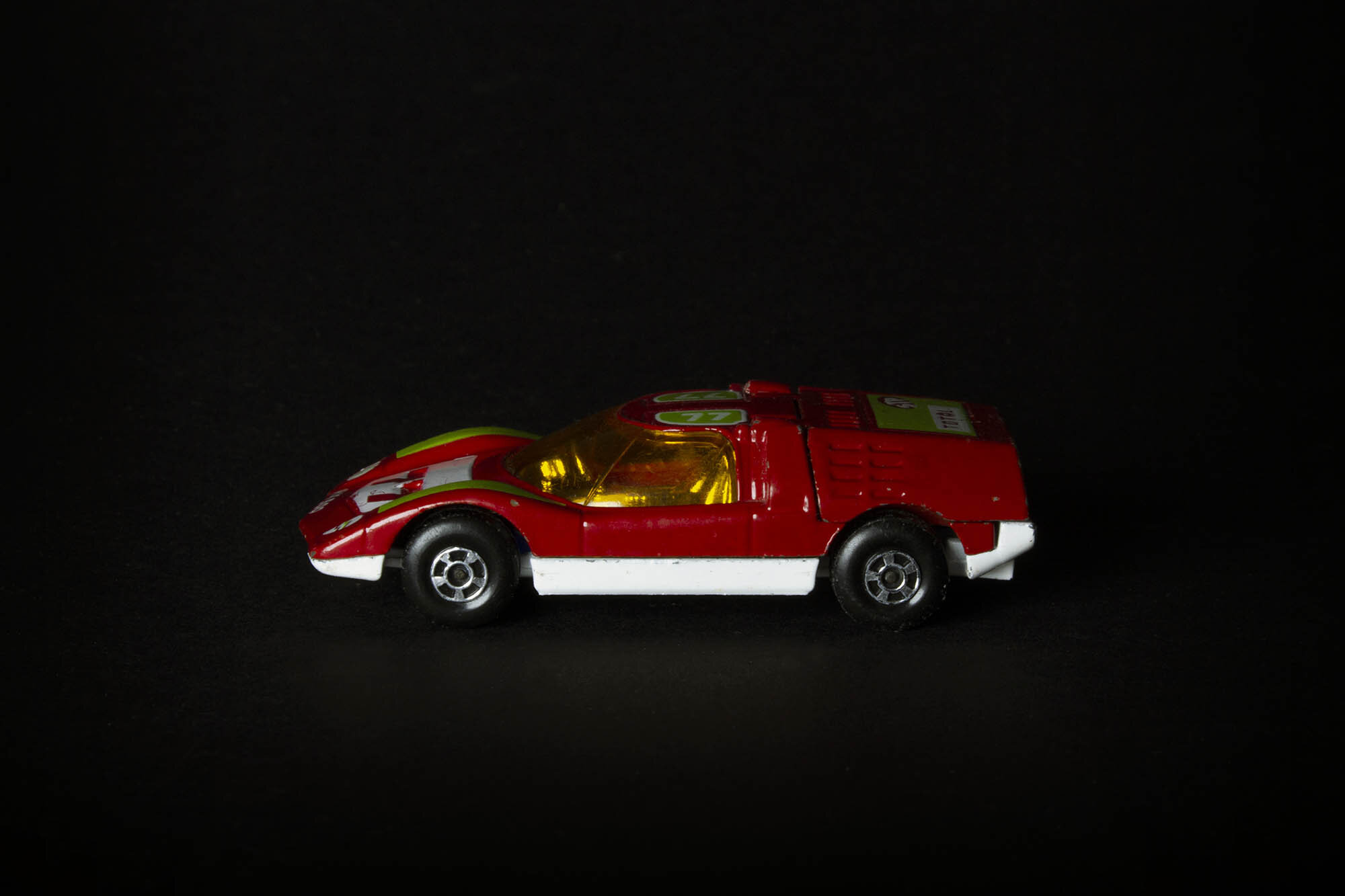Mazda's Matchbox hero
In October 1970 Mazda unveiled the radically angular and streamlined RX500 concept car at the Tokyo Motor Show. The start of the new decade also marked the company's 50th Anniversary and the RX500 was a bold statement of Mazda’s engineering and design ambition. It quickly became a crowd favourite, captivating the public with its futuristic design and technology.
Given its head-turning design it was hardly surprising that the space-age RX500 generated strong media interest worldwide. This exposure no doubt created the inspiration for turning this spectacular vehicle into a model car. British toy car makers Matchbox recognised the potential of the RX500 and included it in its ‘Superfast programme’ – a response to the 1968 introduction of Hot Wheels by Mattel, which featured thin axles and new wheels that made them faster and more fun to play with.
Matchbox's largest sales market at the time was the United States and Matchbox was looking for futuristic fantasy and concept cars that would appeal to children in America. The RX500 perfectly matched these requirements, and with a lot of interest in Mazda and the rotary engine in Europe as well, it was no wonder that the orange Matchbox RX500, introduced in 1971 as the MB66, immediately became a global bestseller.
While the oil price crisis of 1973 dashed any hopes of production RX500s, unsurprisingly the crisis did not affect the miniature edition of the RX500. After its launch, the Matchbox model remained on sale for over four years until it was reissued as a red Streaker model in 1975. Production was discontinued in 1976. Then, between 1978 and 1985, the RX500 was again available in other colour versions in a number of local markets. Thus, the small, successful homage to the RX500 remained on toy shelves for a total of over a decade and has been sold countless times around the world.
Photos © Mazda

